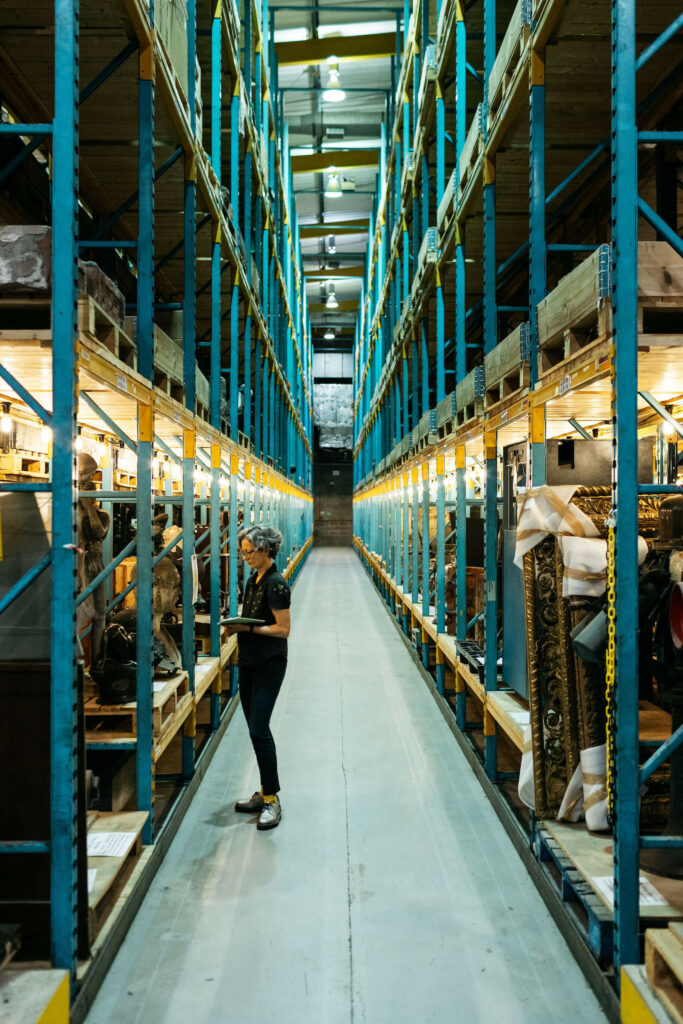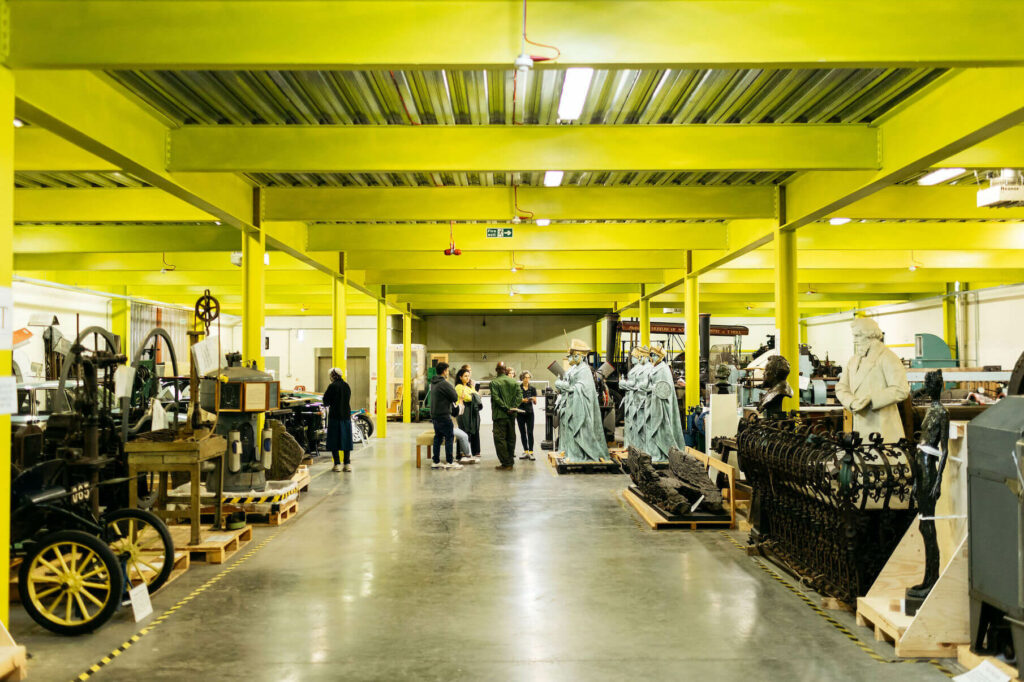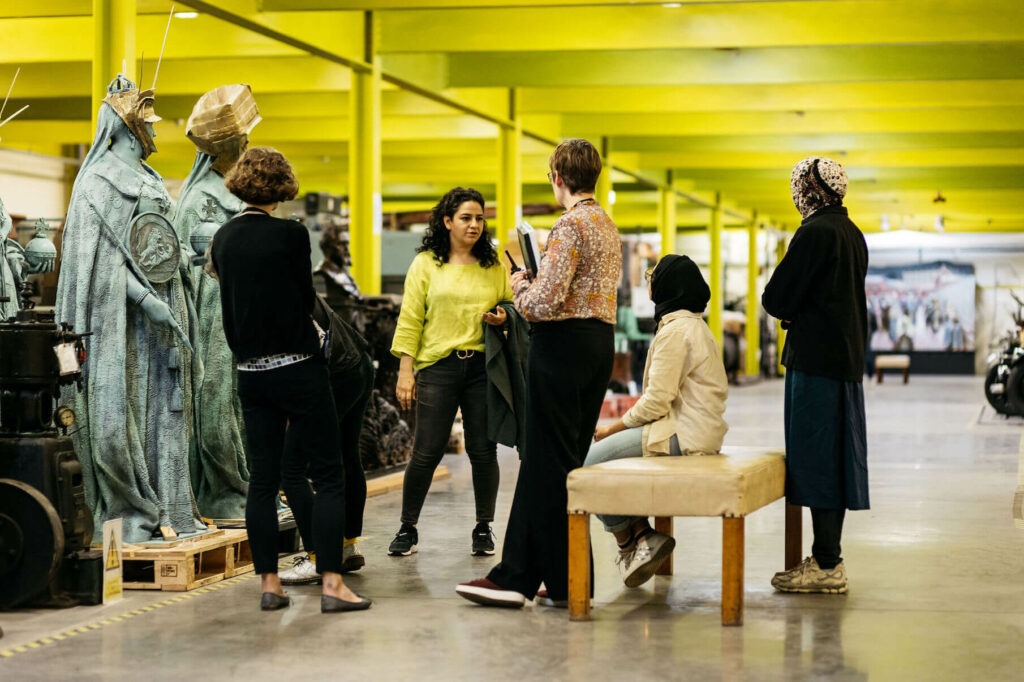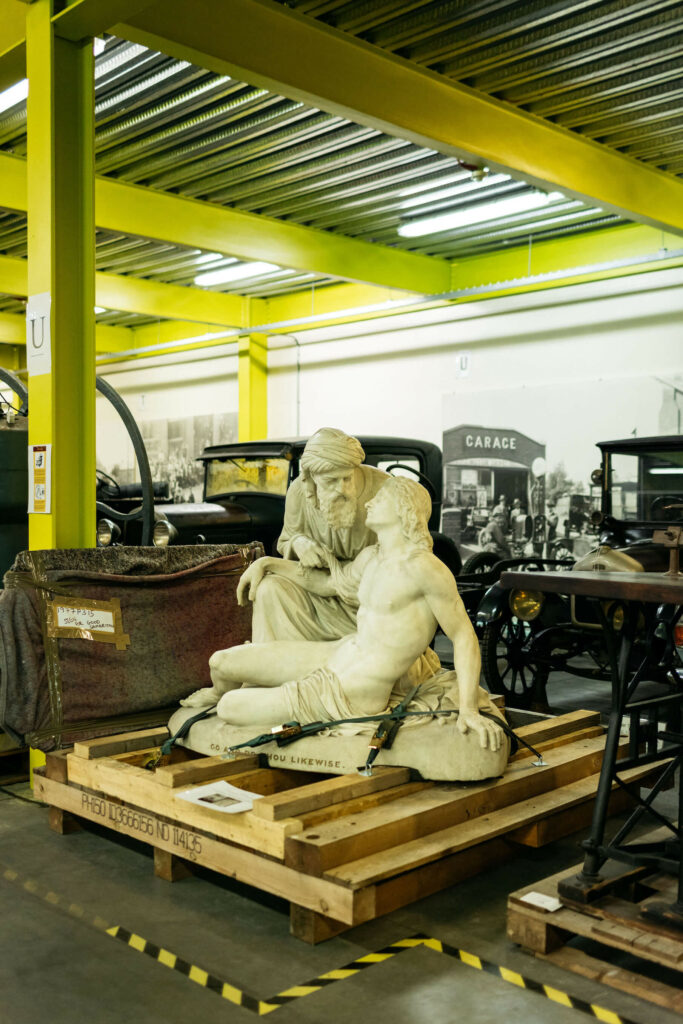Post-Raphaelites
As part of our partnership with the University of Birmingham and Birmingham Museums Trust, we have been working together with artists and staff to respond to the largest Pre-Raphaelite collection in the world. We named this project 'Post-Raphaelites. We were asked to hold a number of workshops that look at artists' responses to the institution and the work contained, in the current moment. Offering critical debate and ideas for new works that look at the relevance, parallels, and legacies/impacts of Empire.
The text below is an excerpt from the larger project supported by The University Of Birmingham, The British Art Network, a Subject Specialist Network led and supported by Tate, and the Paul Mellon Centre for Studies in British Art, with public funding provided by the National Lottery through Arts Council England.
'Race, Empire and the Pre-Raphaelites'
Decolonising Victorian Art and Design through Museum Collections and Practice?
This research group brings together museums holding Pre-Raphaelite and Arts & Crafts collections with academics working in related fields to consider these objects’ global contexts, particularly in relation to ideologies of Orientalism and Empire. Our funding and events will run from December 2020 to December 2023.
By using Birmingham’s rich collections as a starting point, we aim to facilitate wider conversations about how Pre-Raphaelite and Arts & Crafts material might be displayed and interpreted for the 21st-century museum and its diverse audiences. We propose to create a resource pack for museum and higher education practitioners wishing to foreground race and empire in Victorian art and design collections, which will be available online. Our research group’s activity will also inform a future exhibition selected from Birmingham’s collection.
Our key research questions are:
- How can we rethink Pre-Raphaelite and Arts and Crafts objects through the lenses of anti-racism and decoloniality?
- How can contemporary museum practitioners interpret and engage audiences with these complex and difficult histories of art and design; what challenges and opportunities do they offer?
- How are contemporary BIPOC artists and designers engaging with these nineteenth-century objects?





